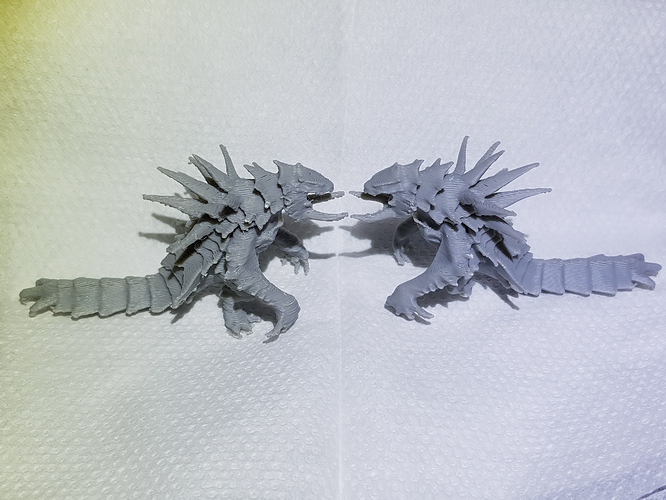So just touching back on this... I decided to use an Ubuntu VM in place of a second RPi for experimentation purposes. Following about 5 different guides I was unable to get it to properly communicate to a remote port using ser2net/socat. I could get the port to show up, get it to connect, but at best I could get it to receive little more than gibberish. eg "Recv: z� \x14T �� 0!-\x1f�� \x10�!\x0f�� 0�" (it contains high ASCII, which I'm taken to believe it shouldn't for this kind of communication)
Remember what I said about being a fan of easy? Yeah, 5 guides with no real success doesn't qualify. So this has basically put me off the idea of trying to daisy-chain devices. I've no doubt now that it can be done, but it's probably better done by someone with more Linux experience than I have.
However, it may have opened up at least a short-term alternative. A 4-core, 4GB Ubuntu VM running on an overclocked R7 1700 should surely have the power to run both tasks, right? So I managed to get Klipper installed on the VM as well (tip: use the OctoPi setup script - the Ubuntu one ran but didn't seem to do anything) and it's connecting the two together. Now I just need to get the machine physically connected to the printer for a torture test to see if it works (and if it can still cope when running a 16-thread ffMPEG encode and a game at the same time as printing).
*ed: It's also easier to set up OctoPrint in Ubuntu if you have a user called "pi" for it to run in. But you can edit enough files to get around that limitation if you, say, don't know how to create a new user with the right permissions.
